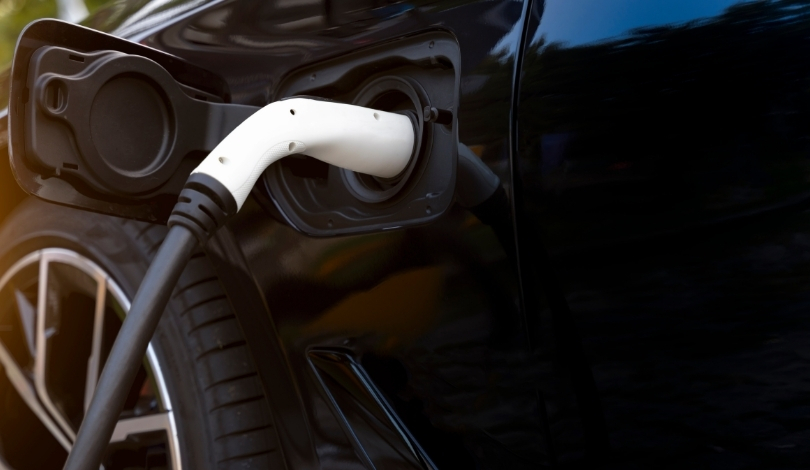In an article published by IET Power Electronics titled “Interoperable square‐circular coupled coils for wireless electric vehicle battery charging system with different misalignments,” research delves into the intricacies of mutual inductance (MI) in inductive power transfer (IPT) systems. The study sheds light on the efficiency of MI in the context of charging electric vehicle (EV) batteries, focusing on the interoperability of square-shaped transmitter coils (TxS) and circular-shaped receiver coils (RxC). The research, which also encompasses original insights and experimental validation, emphasizes the importance of MI and efficient power transfer in modern IPT systems.
Design and Efficiency
Mutual inductance is a cornerstone of IPT systems, enabling efficient energy transfer between coils. The study meticulously examines MI in various interoperable conditions, analyzing the performance of connected coils. The design guidelines aim to mitigate ambiguities in setting specifications for different load profiles. The paper provides a detailed investigation into a 3.6-kW setup, tested through finite element analysis and experimental validations, to establish a comprehensive understanding of the system’s efficiency and performance.
The design specifications, influenced by the available laboratory equipment, include a resonance frequency and output voltage tailored for a 3.6 kW system. The research showcases the importance of precise design and testing in achieving reliable and efficient IPT systems, underlining the requisite conditions for effective power transfer in EV battery charging applications.
Comparative Analysis
Past studies on wireless power transfer systems for EVs have often focused on optimizing coil designs and improving alignment accuracy. Previous research largely centered on circular-circular coil configurations rather than square-circular setups. The novel approach of this study provides fresh insights into different coil geometries and their impact on MI and overall system efficiency. Comparing these findings to earlier work offers a broader perspective on potential improvements in the IPT system’s design and operational parameters.
Moreover, earlier investigations typically highlighted challenges related to misalignments between coils, which often resulted in reduced efficiency. This study’s focus on different misalignments in square-circular coupled coils brings a new dimension to understanding and mitigating these issues. The comparative analysis of current and previous research highlights the advancements made in addressing misalignment concerns and enhancing the robustness of IPT systems.
To sum up, the study published in IET Power Electronics provides significant insights into MI within IPT systems, especially in EV charging scenarios. The detailed analysis of square and circular coil configurations, coupled with experimental validation, underscores the importance of design precision and efficient interoperability. Understanding different coil geometries and their impact on efficiency is crucial for further advancements in wireless power transfer technologies. This research contributes to a deeper comprehension of the challenges and potential solutions in developing robust and efficient IPT systems for the future.
Additionally, the paper’s insights into mitigating misalignment issues by leveraging square-circular coil configurations are particularly valuable for practical applications. Future research could expand on these findings by exploring other coil shapes and configurations, further enhancing the efficiency and reliability of wireless EV charging systems. By continuously improving these systems, the transition to widespread EV adoption can be significantly supported, promoting sustainable and efficient transportation solutions.










